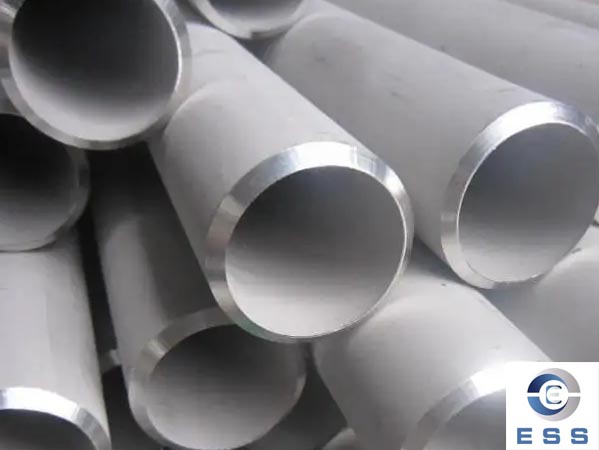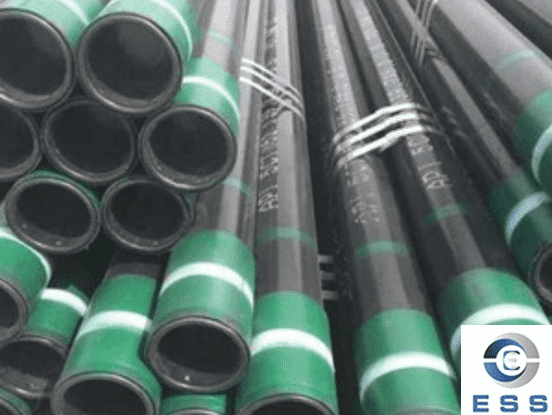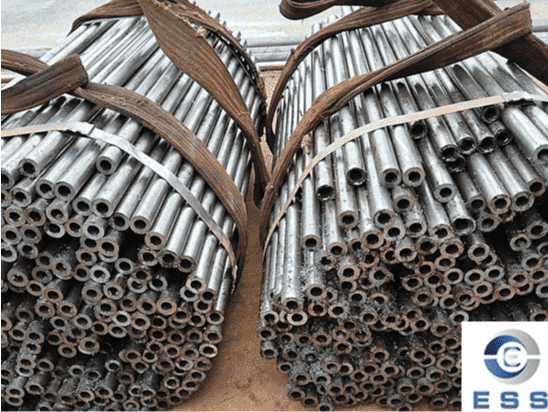What are the quality inspection steps for stainless steel seamless pipes?
The quality inspection methods and procedures for stainless steel seamless pipes are divided into seven steps.

1. When the stainless steel seamless pipe is heated, if oil is attached to the surface of the workpiece, and the thickness of the oxide scale at the attached oil is different from the thickness and composition of the oxide scale at other parts, carburization will occur. occur. The carburized part of the base material under the oxide scale will be severely corroded by acid. The oil droplets ejected by the heavy oil burner during the initial combustion will have a great impact if they adhere to the steel pipe. Therefore, operators should not directly touch stainless steel seamless pipe fittings with their hands, and do not get new oil on the steel pipe.
2. If there is lubricating oil attached to the surface of the workpiece during cold processing, it must be fully degreased in trichlorethylene degreasing agent and caustic soda solution, then washed with warm water, and then heat treated.
3. If there are impurities on the surface of the stainless steel seamless pipe, especially organic matter or ash attached to the workpiece, heating will definitely affect the oxide scale.
4. Differences in the atmosphere in the stainless steel seamless tube furnace. The atmosphere in the furnace is different in different parts, and the formation of oxide scale will also change. This is also the reason for the unevenness after pickling. Therefore, when heating, the atmosphere in all parts of the furnace must be the same.
5. Objects in direct contact with the heated workpiece must be fully dry before use. However, if it is left at room temperature after drying, moisture will still condense on the surface of the workpiece under high humidity conditions. Therefore, it is best to dry it before use.
6. There is residual oxide scale before heating. After heating, there will be differences in the thickness and composition of the oxide scale between parts with residual oxide scale and parts without oxide scale, resulting in uneven surfaces after pickling. Therefore, not only the final heat treatment should be paid attention to, but also the intermediate heat treatment and pickling should be paid full attention to.
7. The oxide scale produced is different. Therefore, it is necessary to avoid direct contact of the treatment piece with the flame opening when heating.
Read more: Difference between seamless pipe and seam pipe













 Eastern Steel Manufacturing Co.,Ltd not only improve product production and sales services, but also provide additional value-added services. As long as you need, we can complete your specific needs together.
Eastern Steel Manufacturing Co.,Ltd not only improve product production and sales services, but also provide additional value-added services. As long as you need, we can complete your specific needs together.










